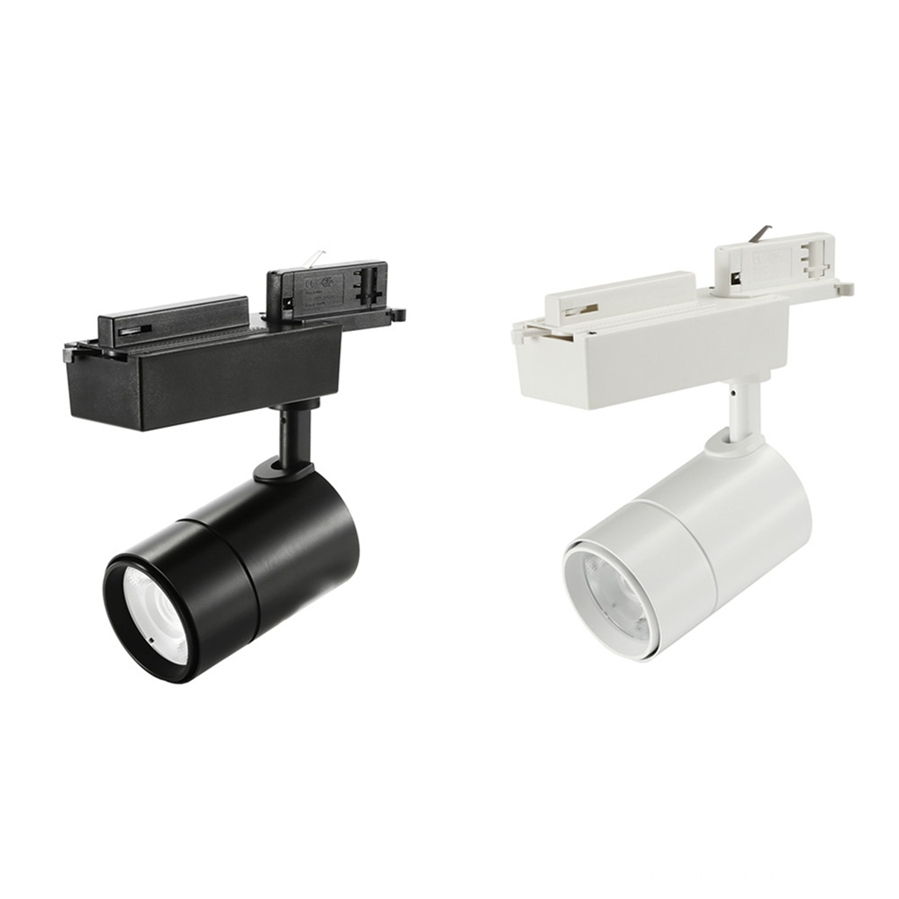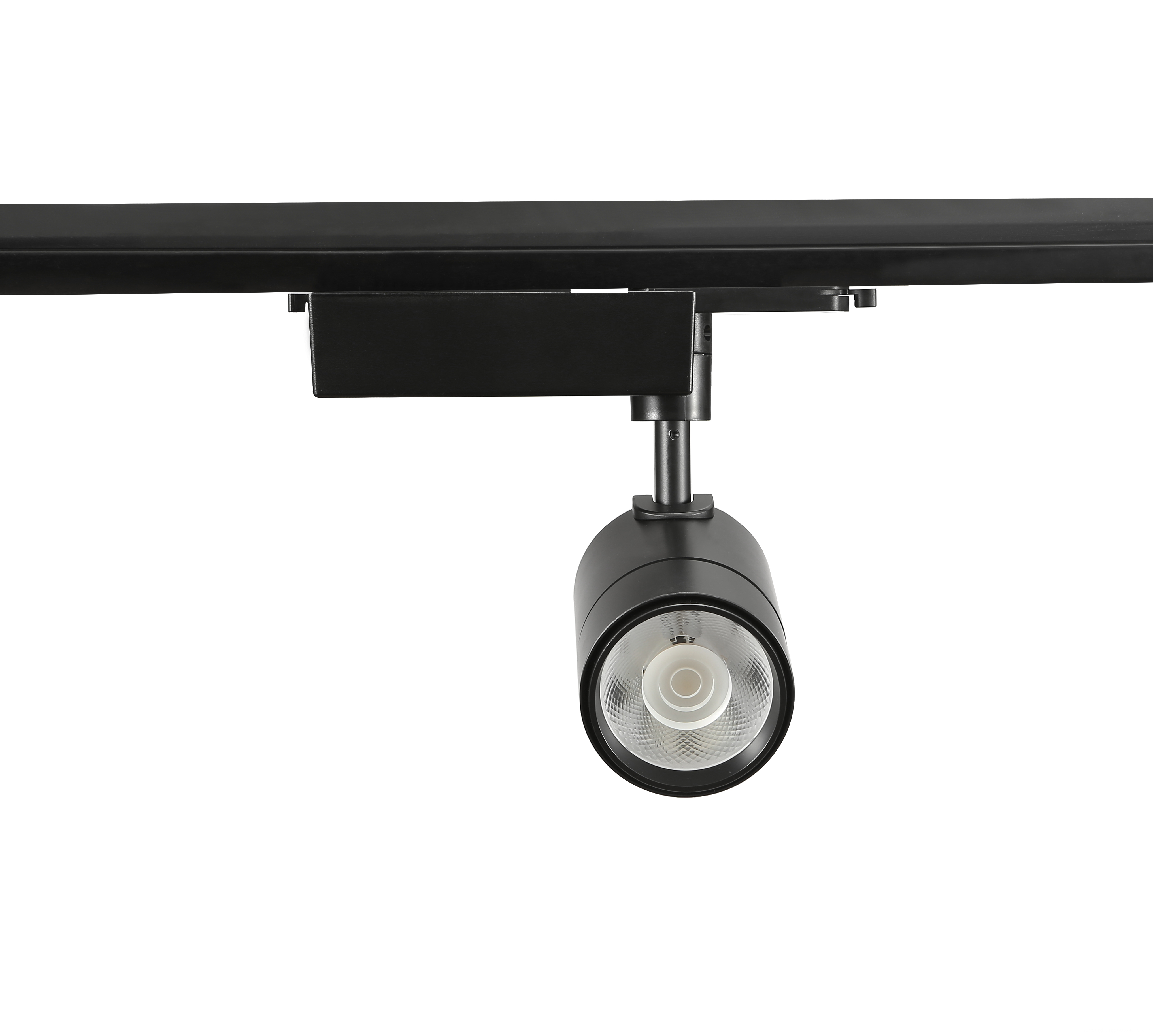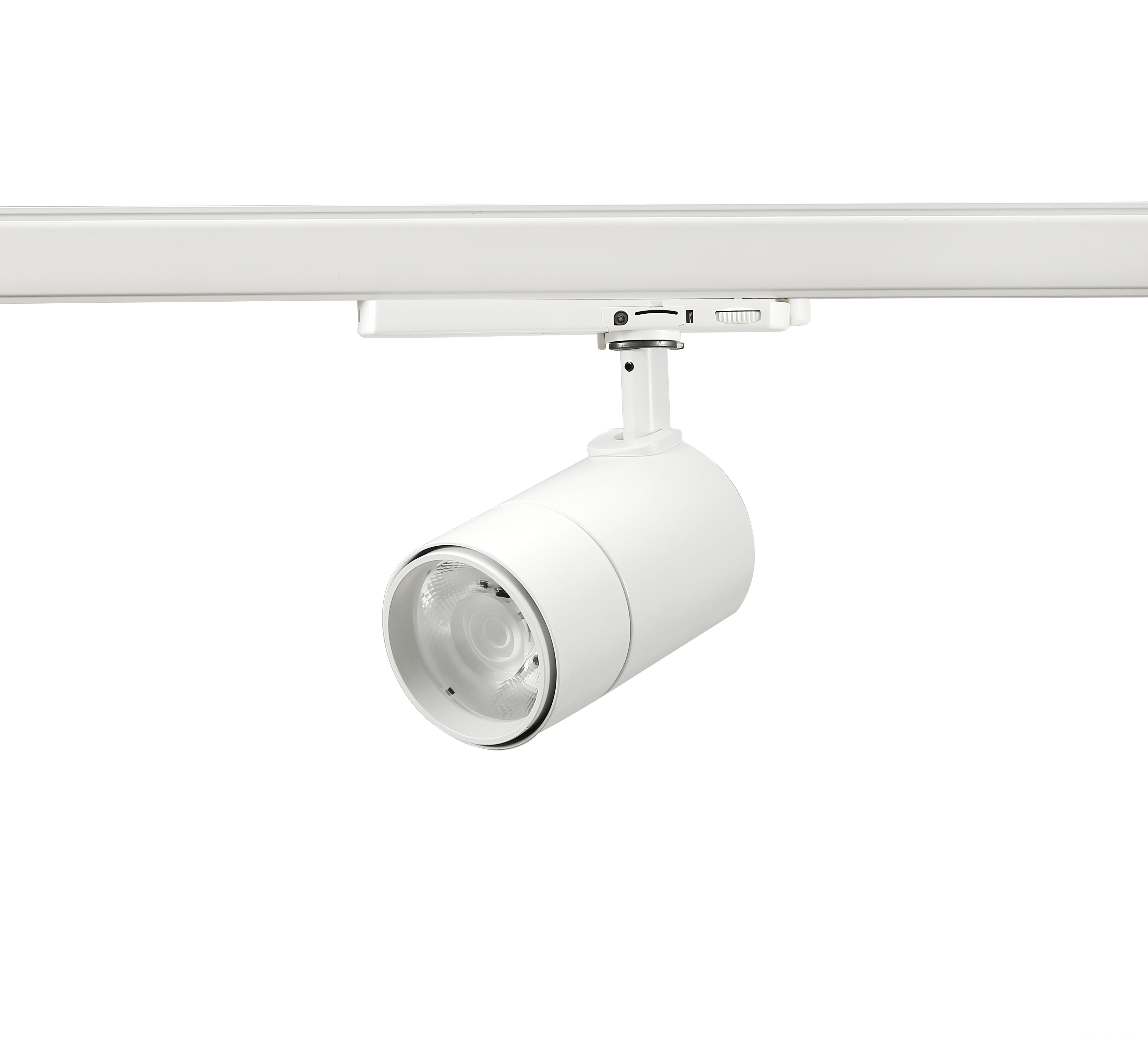Say goodbye to traffic jams: Towards a car society with no traffic jams or accidents
"We hope to solve the global traffic jam problem with the technology invented in Japan." Honda is advancing a study that strives to achieve this ambitious goal. In November 2010 and May 2011, with the assistance of Prof. Xi Chenghuo, a researcher at the Center for Advanced Science and Technology of the University of Tokyo, Honda, he experimented with real cars and confirmed its effects. This article refers to the address: http:// This is an excellent new technology for the purpose of solving traffic jams, but it can also prevent accidents and improve fuel efficiency. Within the Honda Institute of Technology, which is engaged in the development of this new technology, it is also positioned as an “environmentally friendly†technology in the field of “safety preventionâ€. It is currently envisaged that commercialization will be achieved in a few years. This is a system that places a smartphone, etc. next to the driver's seat and uses it. Honda is striving to achieve the company's goal of being the next ten-year business policy: "Providing high-performance automotive products quickly and inexpensively in a low-carbon manner." Traffic jams, accidents and fuel consumption. How do new technologies prepare to solve the driver's triple pain? It is not difficult to understand that traffic jams will reduce fuel efficiency, but the relationship between traffic jams and accident prevention is not easy to detect. In this regard, it is clear at a glance to understand the mechanism of traffic jams (Figure 1). Figure 1: Relationship between traffic jams, accidents, and increased fuel consumption These three points have a lot to do with the emergency braking of the vehicle ahead. If you find a way to deal with emergency braking, then the possibility of these three points being resolved at the same time will be high. Unexpected relationship between traffic jams and accidents One of the main reasons for traffic jams is the emergency braking of the vehicle ahead. Once the vehicle in front is braked urgently, the rear vehicle also has to brake urgently. This situation will continuously affect the vehicles behind it and become the cause of the traffic jam. There are two main methods of elimination. One is to properly maintain the distance between the vehicle and the vehicle in front according to the speed. The other is to drive *1 in sync with the surrounding vehicles. In fact, as an effective way to reduce collision accidents, these two points are also “methods that the police often call on the driver†(Xicheng). In other words, traffic jams and accidents can take the same solution to reduce the incidence. 1: Synchronous driving with surrounding vehicles means that the own vehicle is in the same cycle as the surrounding vehicle. The new technology consists of equipment equipped in the vehicle and a server that monitors these devices (Fig. 2(a)). The exchange of information between the device and the server is carried out via the Internet. The server collects information on each road that shows the driving state of the passing vehicle, and then gives an indication to the driver based on the information. This method is simple and clear (Fig. 2(b)). The device only displays two items: 1 the distance between the vehicle and the vehicle in front, 2 indicates whether the distance is appropriate, and whether the color is synchronized with the surrounding vehicles. There are two colors in 2, green means "the current driving condition is good, there will be no traffic jam", and blue means "the current driving state will cause traffic jam and need to be adjusted". In addition, the vehicle position is obtained by GPS. Figure 2: Summary of the traffic jam problem solving system developed by Honda The server exchanges information (a) with the device having communication functions via the Internet. The server monitors the driving status of each vehicle. When the driving state may cause traffic jam, the vehicle (b) will be informed by the color displayed by the device. “OK†(above photo) is displayed in green and “needs to be adjusted†(lower photo). Seeing this, the reader will have a question: "What are the differences between the new technology and the car navigation system*2 that displays traffic information?" The decisive difference between the traditional in-vehicle information service and the new system is that the former displays the information after the traffic jam occurs in the device, while the latter predicts the situation when traffic jams may occur, and kills the traffic jam in the "bud". in. 2: The in-vehicle information service installs a device having a communication function in a vehicle such as a car, and provides information that is helpful to the driver in real time. What makes this prediction possible is the technique of establishing a mathematical model with the vehicle's driving state as a cycle (Fig. 3). According to the researcher of the second group of the 8th technical development room of the Honda Institute of Technology, the research and development of the project, Yueshou Xiaofang introduced that when there are no elements that may cause traffic jams, the driving characteristics of the vehicle are fixed. However, when there is an element such as a front vehicle emergency brake that causes a traffic jam, the running characteristics of the vehicle change. Figure 3: Predicting the principle of traffic jams The normal cycle of the A vehicle is mastered in advance by the server. When the cycle changes, it is estimated that it is affected by the emergency braking of the preceding vehicle. This cycle change can be seen as a "catch of traffic jams." It is worth noting here that the precursor to traffic jams is not judged by “vehicle aggregates†but by “a carâ€. If you want to master the driving status of multiple cars, you need large-scale infrastructure equipment, such as setting up surveillance cameras everywhere on the road, embedding sensors and communication equipment on the ground. The new system is very simple, "all external factors will be reflected in the driving state of a car", just focus on the driving state of a car. The benefits of the new system concept are based on this. First, as mentioned above, no large-scale investment is required. At the same time, since the information is not parsed as an aggregate, no complicated control algorithm is required. Therefore, the system is very simple. Yueji said, “This system has the fewest parameters that meet the purpose and therefore can be provided to consumers at low costâ€. In addition to the above benefits, an "expected advantage" was found in an empirical experiment in which the experimental vehicle was driven in a circular shape. That is, even if all the vehicles traveling on the same road are not equipped with display devices, the problem of solving traffic jams and improving fuel efficiency can be obtained (Fig. 4). This shows that the system has broad market prospects. Because although the system can be used not only for ordinary cars, but also for trucks and motorcycles, it is impossible to equip all vehicles in the world regardless of the extent to which the system is popular. Figure 4: Advantages of the traffic jam solving system found through verification experiments Ten experimental vehicles traveled around the circular route, allowing the head vehicle and the second vehicle to step on the brakes. Comparing the fuel efficiency of all vehicles without using the display system, and the fuel efficiency of only 2 (the third and seventh) of the 10 vehicles (measured by the tenth vehicle), the results show that only 2 The vehicle can also improve fuel efficiency by using a display system. The Honda Institute of Technology has taken a big step towards the realization of the dream, but it is not without any problems to be solved. It can be 2-3 years later, but after 5 or 10 years, it is estimated that the global transportation mode and the form of communication equipment will be greatly changed. In order to continue to adopt the system, it is necessary to develop a way to adapt to this change. For example, it is applied to electric vehicles and the like. In the future, the number of cars and motorcycles is expected to increase rapidly, centering on emerging market countries. The impact on humans and the global environment is incalculable. “Rapid and cheap, low-carbon†provides the market with ways to reduce traffic jams, accidents and fuel consumption, which is important for maximizing the environmental impact of cars and motorcycles.
20W LED Track Lights adopt COB Bridgelux or Luminus as LED source.
20W Led Track Lights 20W Dimmable LED Track Light, 20W Mini LED Track Lighting, 20W Commercial LED Track Light, 20W Color Changing LED Track Light SHENZHEN KEHEI LIGHTING TECHNOLOGY CO.LTD , https://www.keheiled.com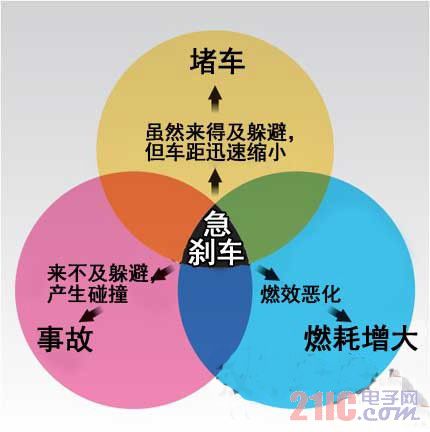
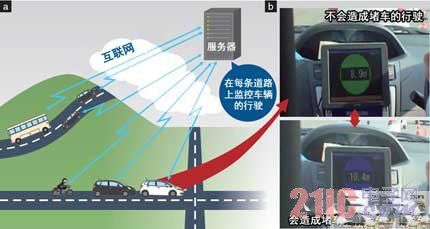
Focus only on the driving characteristics of a car 
Applying to the future of transportation is a major issue 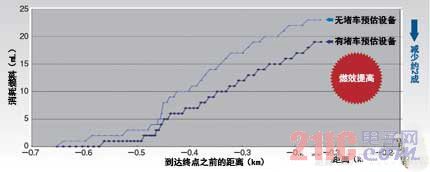
20W Led Track Lights with international 2 wire, 3 wire, or 4 wire track connector.
CCT: 2700K to 6000K are available.
Function: Non-dimmable, dimmable and CCT changeable are available.
Types: DALI system, 0-10V systerm, Dial Switch, guide rail with power supply etc.
Beam Angle: High reflectance diffuser (Lens+Reflector) with 12° / 24°/ 36° for choice.
Dimension of 20W LED Track Lights: Φ80mm, 211*190mm
Finished Color: Matt White / Black / Silver etc.
High luminance flux: 1550lm
High CRI: >90
Input voltage: AC110/220V 50/60Hz
Certification: CE RoHS
